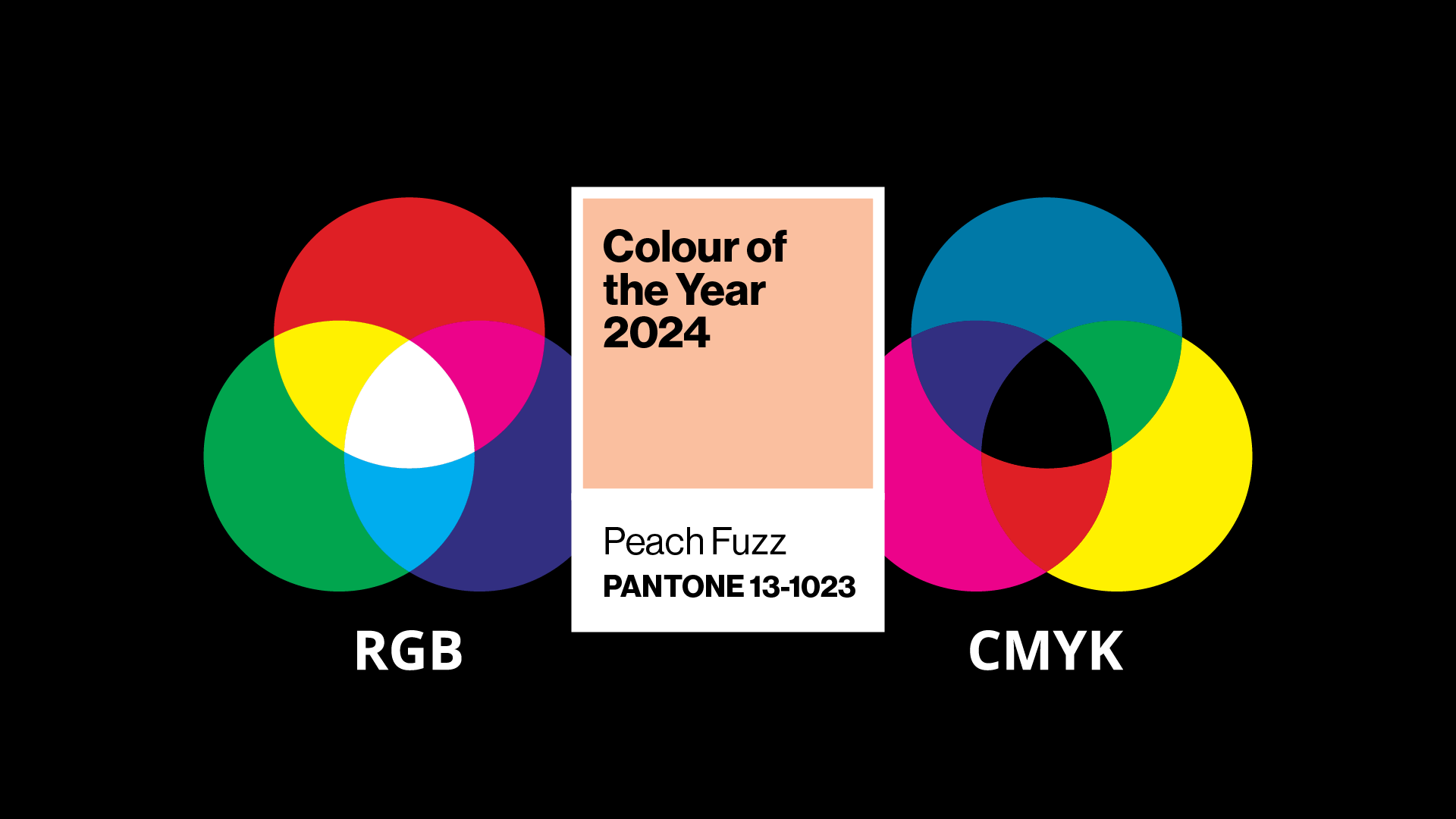Let’s face it, crises happen, and in our hyper-digitally connected world, brands have less time to respond than ever before. Are you prepared?
In a keynote presentation at the Exhibition and Event Association of Australasia Conference, presenter Olivia Wirth, Group Executive – Brand, Marketing & Corporate Affairs for Qantas said that brands used to have 15 minutes to respond to a crisis. Nowadays however, they only have 3 minutes to publicly respond to a situation.
In 15 minutes a senior team member could whip up a brief statement for the media and press send on the email to the editor.
But could you do it in 3 minutes?
She said that if communication was not distributed in that tight timeline, they could lose the conversation; thus losing the opportunity for the brand to direct future discussion on the topic. In a crisis, the one who leads the conversation and disseminates accurate, timely information to the public holds a position of power.
Olivia mentioned that when a fresh water pipe burst on an aircraft mid-flight, not endangering passengers, photos were posted to social media while the plane was still in the air. From those social posts, the media jumped on the story and humorously titled the incident, Lakes on a Plane. In minutes, the conversation took off across international news outlets and social media, but Qantas got cut-through by delivering a succinct statement to the media and sharing on their social channels, outlining the problem, the solution, and actions being taken. They managed to gain control of the situation and minimised damage to the brand all via swift, timely and transparent communication.
Whilst most brands are not under the public scrutiny that an iconic brand like Qantas is, the timeframe to get a form of communique out into the public forum is tight.
Would you be ready to act?
Here’s where the power of planning comes into play. No matter if you’re a small business, or an iconic Australian brand, in 2016 you need a crisis communications plan.
When a crisis becomes evident, it’s essential that all communication, both internal and external is swift, consistent and transparent. Failure to communicate effectively about a crisis can be just as disastrous as failing to respond to it at all. Crises have the potential to ignite wider arguments and controversy if not handled appropriately and in a timely manner.
Mapping out a clear crisis communications plan where roles, responsibilities and actions are outlined for a range of scenarios will assist in protecting the integrity of a brand.
A crisis communications plan should outline:
- A variety of crises that are possible, for example, code red for death or serious injury, code orange for emergency services involved and code yellow for minor crises like high level complaints. These scenarios will be different for every business.
- The spokespeople, their roles, their responsibilities and contact details
- The key messages to convey
- The audiences to communicate with and communication channels
- For larger businesses, communicating internally is just as important as communicating externally, thus two plans would be required
When the plan is in place, hold a session to make sure everyone is aware of how it works. Just like you have your annual fire drill, book in an annual session to review the crisis communications plan.
Create quick reference tools for staff so everyone knows the do’s and don’ts of how and when to activate the plan.
Now, having all that in place, could you communicate what you needed to in 3 minutes?
It’s still tight, but you’d be in a much better position!
Contact Zadro to assist you in developing a tailored crisis communications plan.




